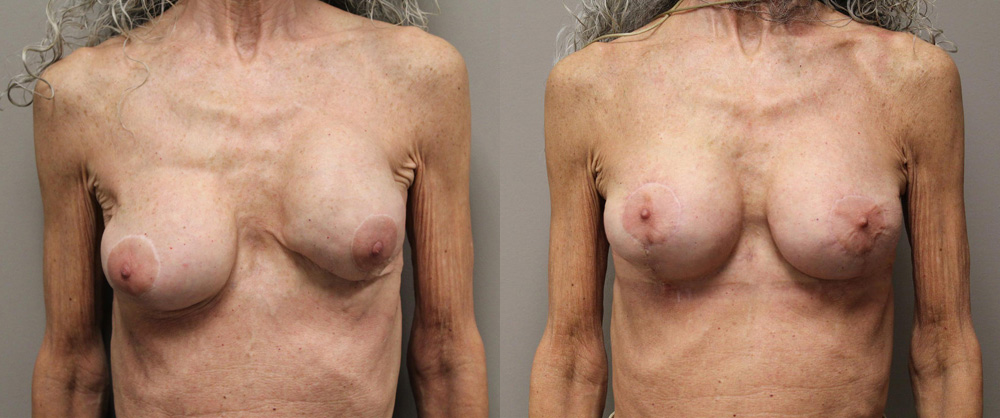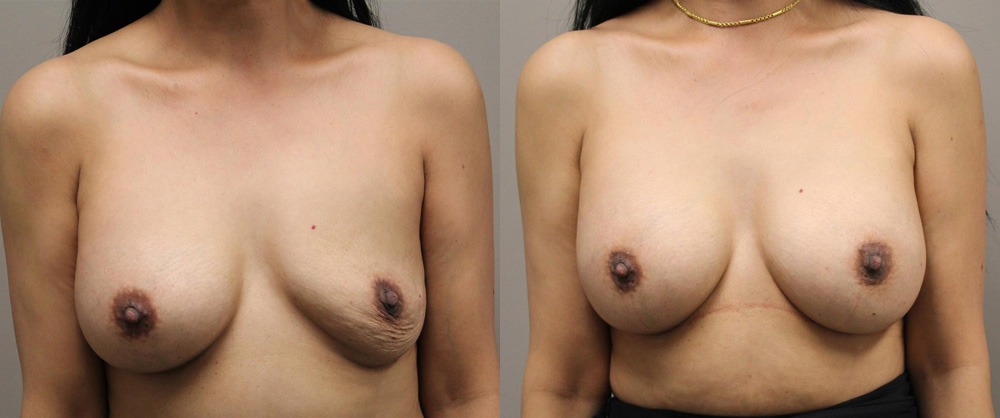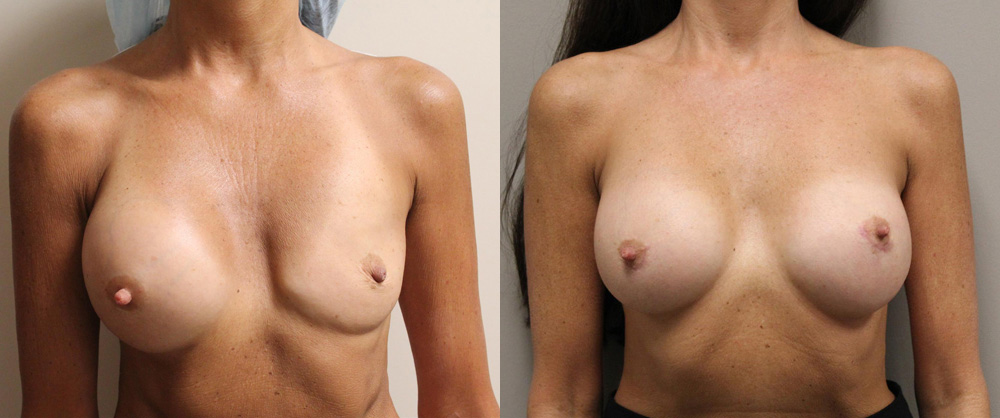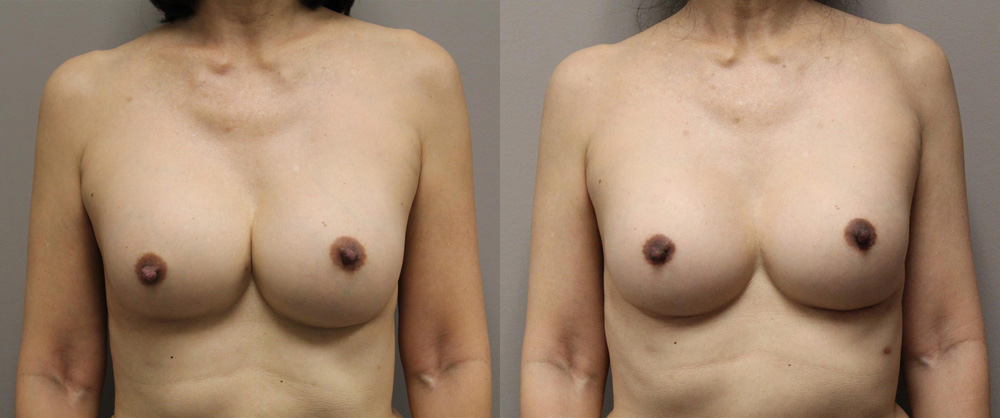Implant Replacement in Thousand Oaks
Breast implant replacement is a surgical procedure designed to refresh, upgrade, or correct previous breast augmentation results. While modern implants are designed to be long-lasting, it is generally recommended that implants be exchanged every 10 to 15 years to maintain their integrity and ensure the best aesthetic and medical outcomes. Whether you’re looking to update your look, address implant complications, or maintain breast health, implant replacement can help you achieve beautiful, natural results that align with your current goals.
Refresh, Restore, and Enhance
Breast implant replacement is a surgical procedure designed to refresh, upgrade, or correct previous breast augmentation results. While modern implants are designed to be long-lasting, it is generally recommended that implants be exchanged every 10 to 15 years to maintain their integrity and ensure the best aesthetic and medical outcomes. Whether you’re looking to update your look, address implant complications, or maintain breast health, implant replacement can help you achieve beautiful, natural results that align with your current goals.
Why Consider Implant Replacement?
- Exchange implants every 10-15 years to maintain integrity
- Upgrade to newer, more advanced implant options
- Adjust size or projection for a refreshed look
- Address implant concerns like rupture, rippling, or capsular contracture
- Restore youthful breast appearance after body changes
The Procedure
Performed under general anesthesia, implant replacement involves removing the old implants and, if needed, adjusting the breast pocket or selecting new implants that best suit your desired look. Some patients also choose to combine their procedure with a breast lift to improve breast contour and firmness.
Is Implant Replacement Right for You?
You may be a good candidate if you:
- Have had implants for 10-15 years and want to maintain safety
and aesthetics - Want to change the size or type of your implants
- Have experienced implant rupture, shifting, or hardening
- Notice changes in your breast appearance over time
Maintain Long-Lasting, Beautiful Results
If your implants are approaching the 10-15 year mark, or if you’re considering a change, now is the perfect time to consult with our board-certified plastic surgeons. We’ll help you explore the best options to enhance your confidence and ensure your implants remain safe and beautiful for years to come. Schedule your consultation today!
Real Patient Experiences
At the Kryger Institute of Plastic Surgery, we have experience in a vast array of surgical and non-surgical procedures. Click below to see some before and after photos of implant replacements.
Frequently Asked Questions
What types of implants are there?
Planning your surgery
Does insurance cover implant replacement?
How do I prepare for surgery?
The surgery and the incisions
What type of anesthesia is used?
What kind of dressings and drains are there?
Can you go home the day of surgery?
How much pain is there after surgery?
What about swelling and bruising?
What restrictions are there?
When can I travel?
When can I go back to work?
What kind of scars can I expect?
What about mammograms?
What if I have a problem? When should I call the office?
Meet Your Surgeons
Our surgeons have over a decade of experience in Plastic & Reconstructive Surgery and have trained at the premier medical schools and programs in the country. They serve on the editorial board of the Journal of Microsurgery, have published numerous scientific papers, presented at many national and international conferences, and have edited a comprehensive plastic surgery textbook used by surgeons around the world. Learn more about our surgeons or request a consultation.



